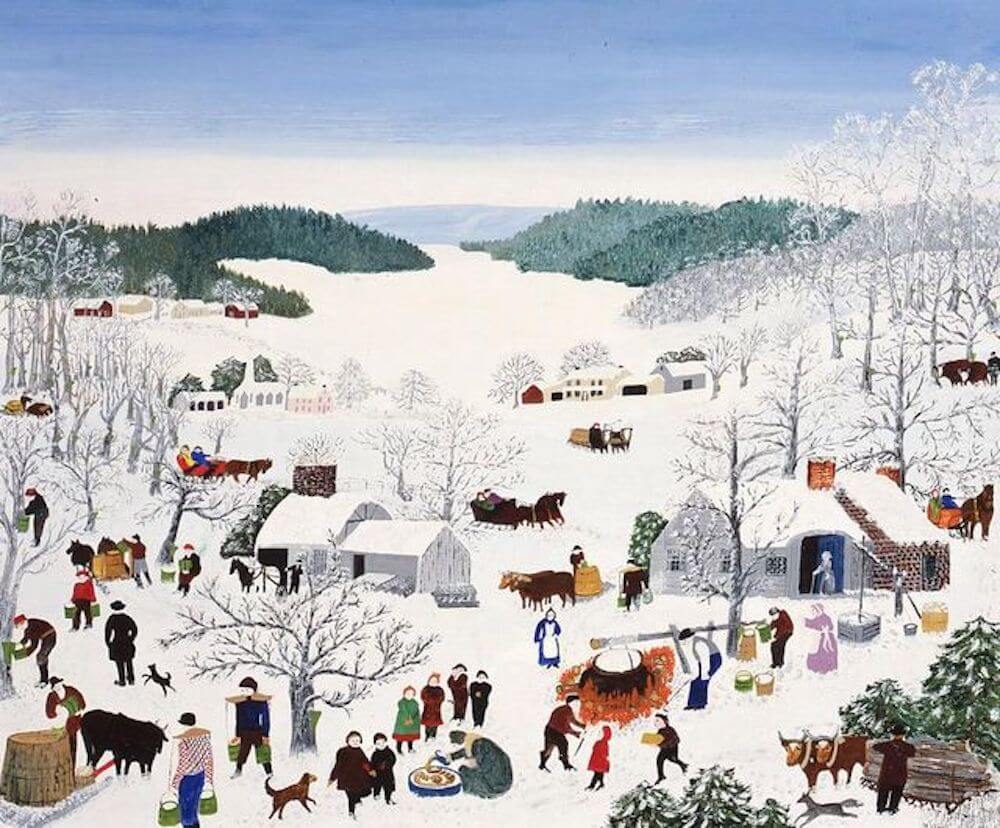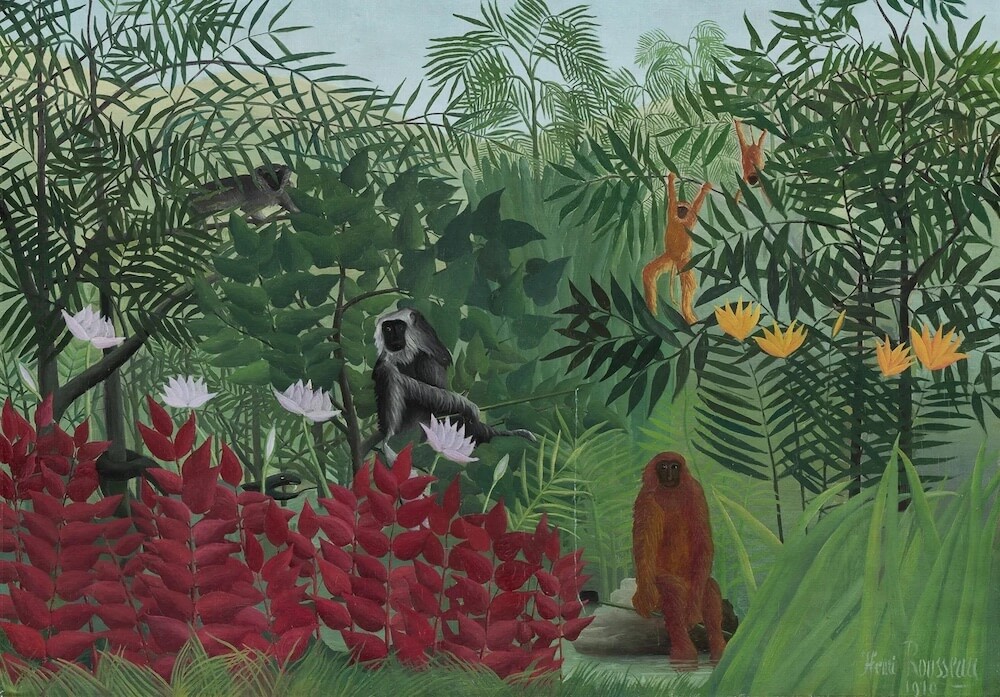Who is Grandma Moses and why so-called naїve art is worth knowing?
Let's learn a little about naїve art (is it actually a real art?) and take a quick look at the work of one of the most popular artists in the United States.

Is naїve art actually art?
Who is a real painter? That’s someone who studied art in the academy or privately. Someone who probably belonged to some movement, some style: cubism, fauvism, futurism, and dozens of -isms categories. Someone who pursues his\her career through constant training, often starting in the early years. These are stories of Monet, Gauguin, Cassatt, O’Keefe, etc.
On the other hand, there are a lot of naїve painters who don’t fit into these frames. They never got special tuition nor belonged to any art group and even had a wholly different lifestyle before painting.
What is naїve art?
Naїve is an umbrella term for artists who don’t recognize or acknowledge conventional rules of traditional art. Naїve works are easily recognized by childlike simplicity, lack of realism, flat perspective, and “floating” figures. Also, they are super-detailed and saturated with bold colors. Naїve artists are not the same as amateurs or hobbyists who work for fun when they have free time. Naїve painters would be full-time artists, even if they started their careers later in life. It was a case of Henri Rousseau, a French artist who first had a full-time job at custom service. He started his painting career in his early 40s and became a crucial figure in the naїve art movement.

Naїve art became a separate category at the beginning of the 20th century when modernists were looking for different art to get free of the traditional system. They got inspired by these unconventional artists and adopted some of their “moves,” like the flatness of perspective and vivid palette. In these terms, naїve artists influenced trained ones, for example, Henri Matisse.

Naїve and folk art are not the same thing. The first defines art created by a person who lacks formal education and training. The second one has a close connection to local cultural heritage. In these terms, naїve art is a broader category that can incorporate folk art.
Naїve works may not have this refined harmony of drawing & coloring or accurate proportions, but something makes us admire them anyway. One of the most bright figures in American naїve & folk art is Anna Mary Robertson Moses. She is known as Grandma Moses in art history, a nickname she got because she was a grandma at the start of her career – 78 years old. Grandma Moses is one of the most beloved US painters who graced the cover of the December 1953 issue of TIME when she was 93.

Why did the naїve art of Grandma Moses gain popularity?
Anna Mary Robertson was a country girl born in upstate New York in 1860. Growing up on the farm, she learned how to cook, grow plants and take care of animals. That’s what her life was: living and working at the farm, marrying a farmer, and giving birth to 10 children.

